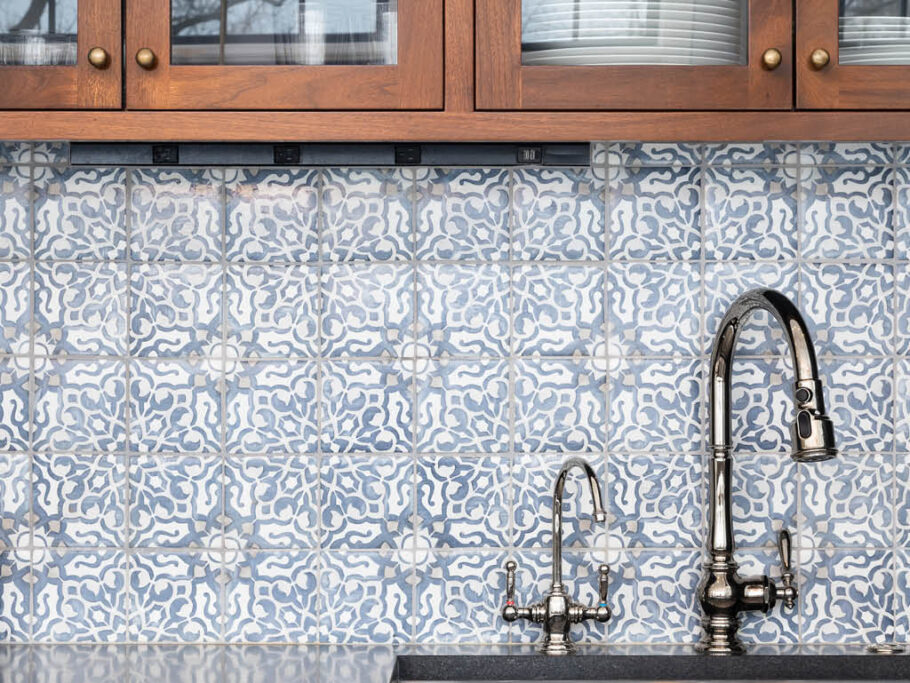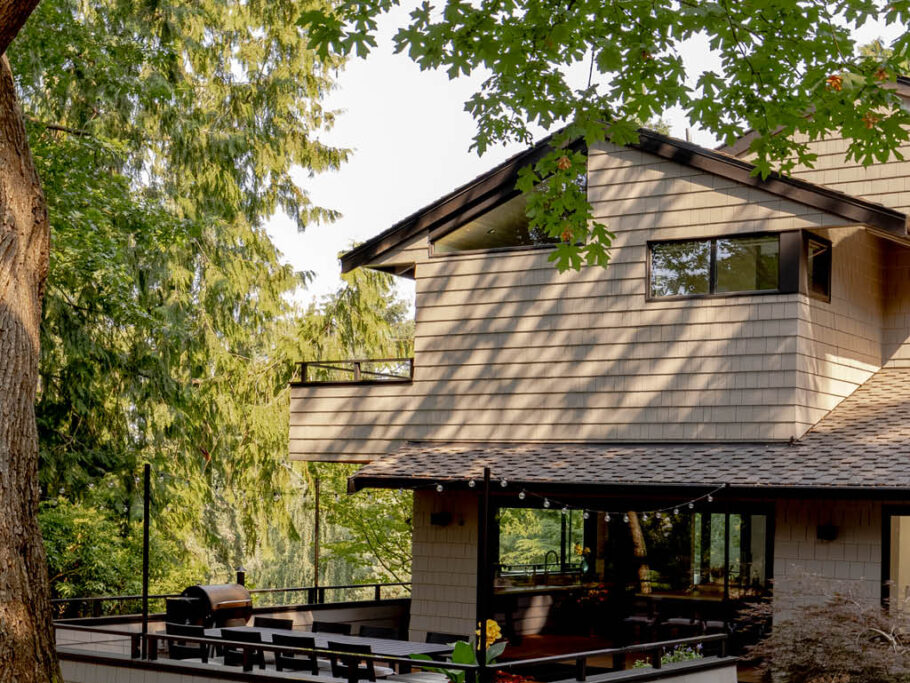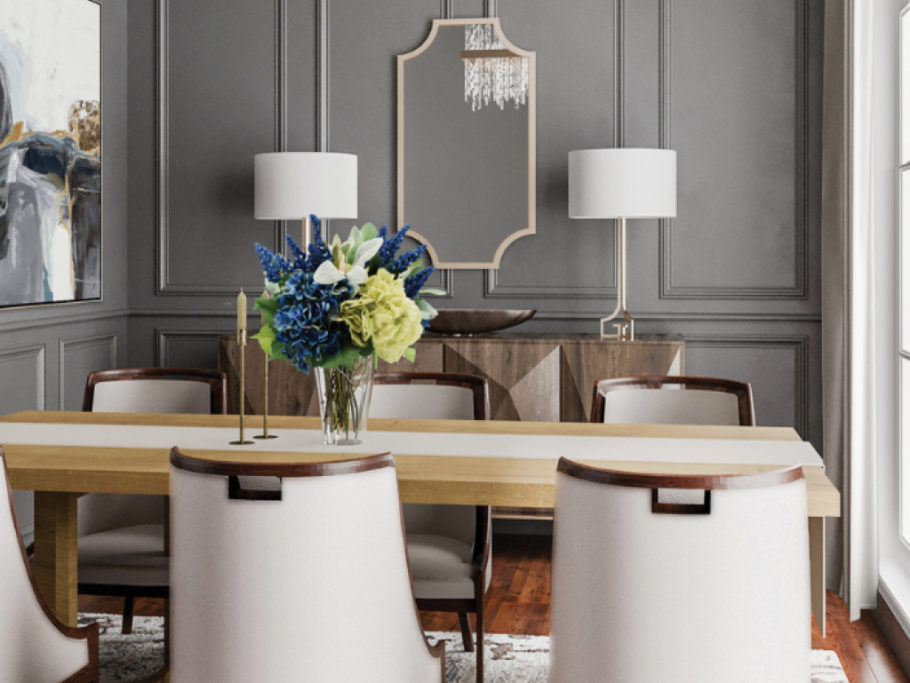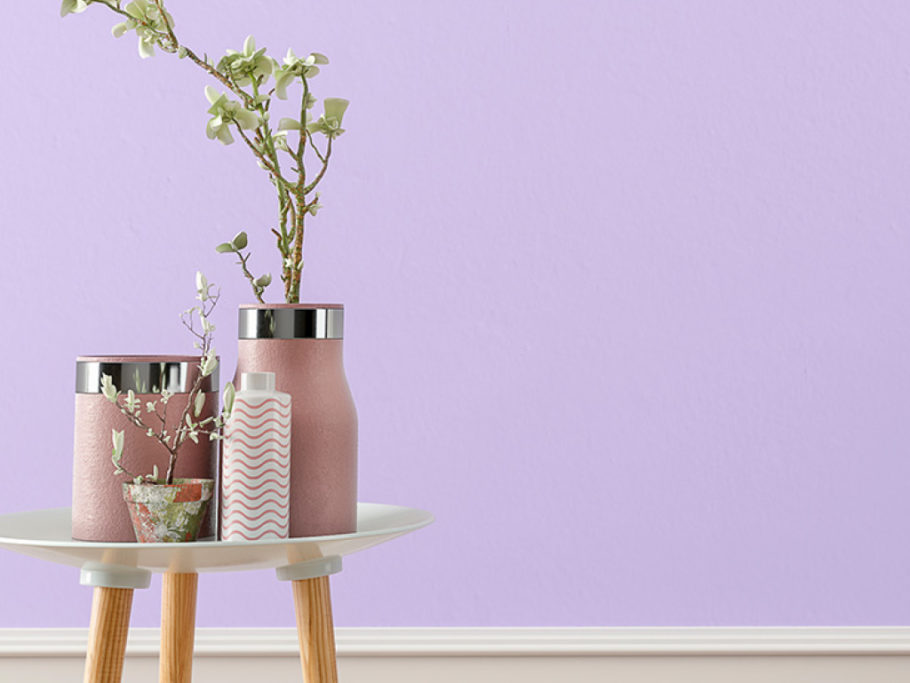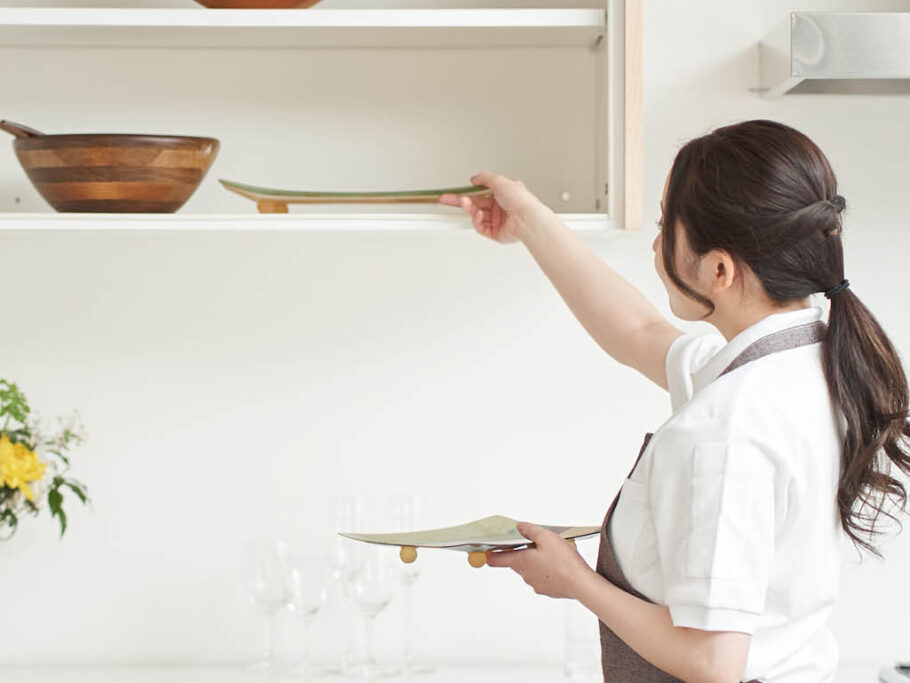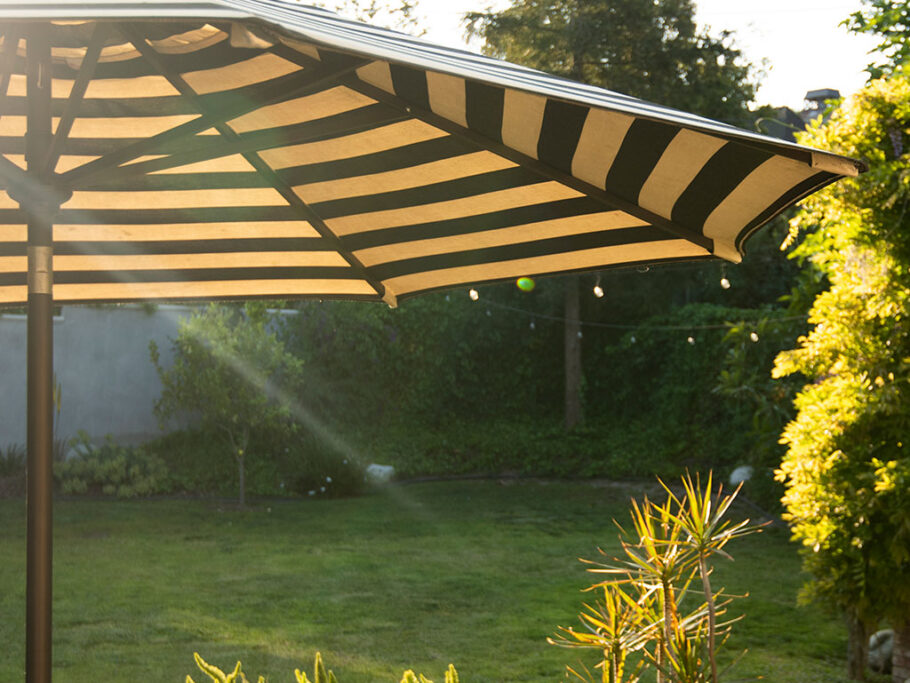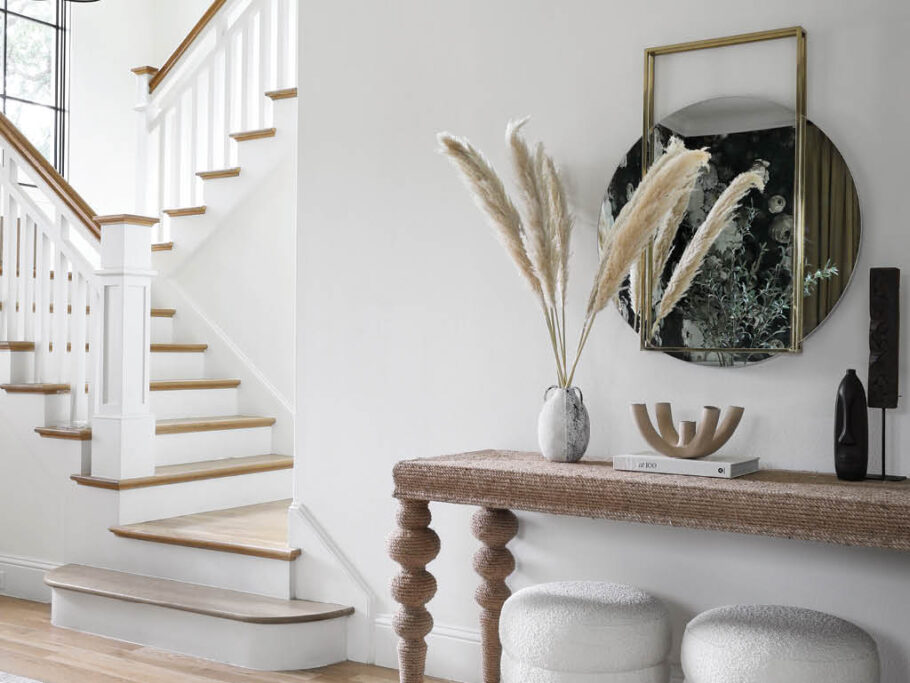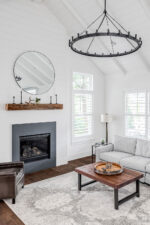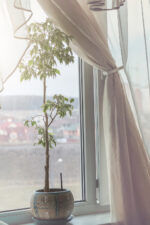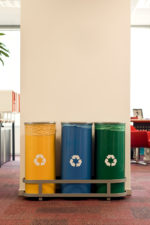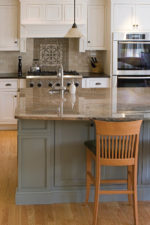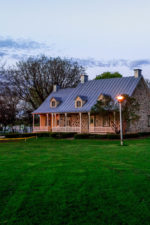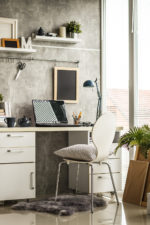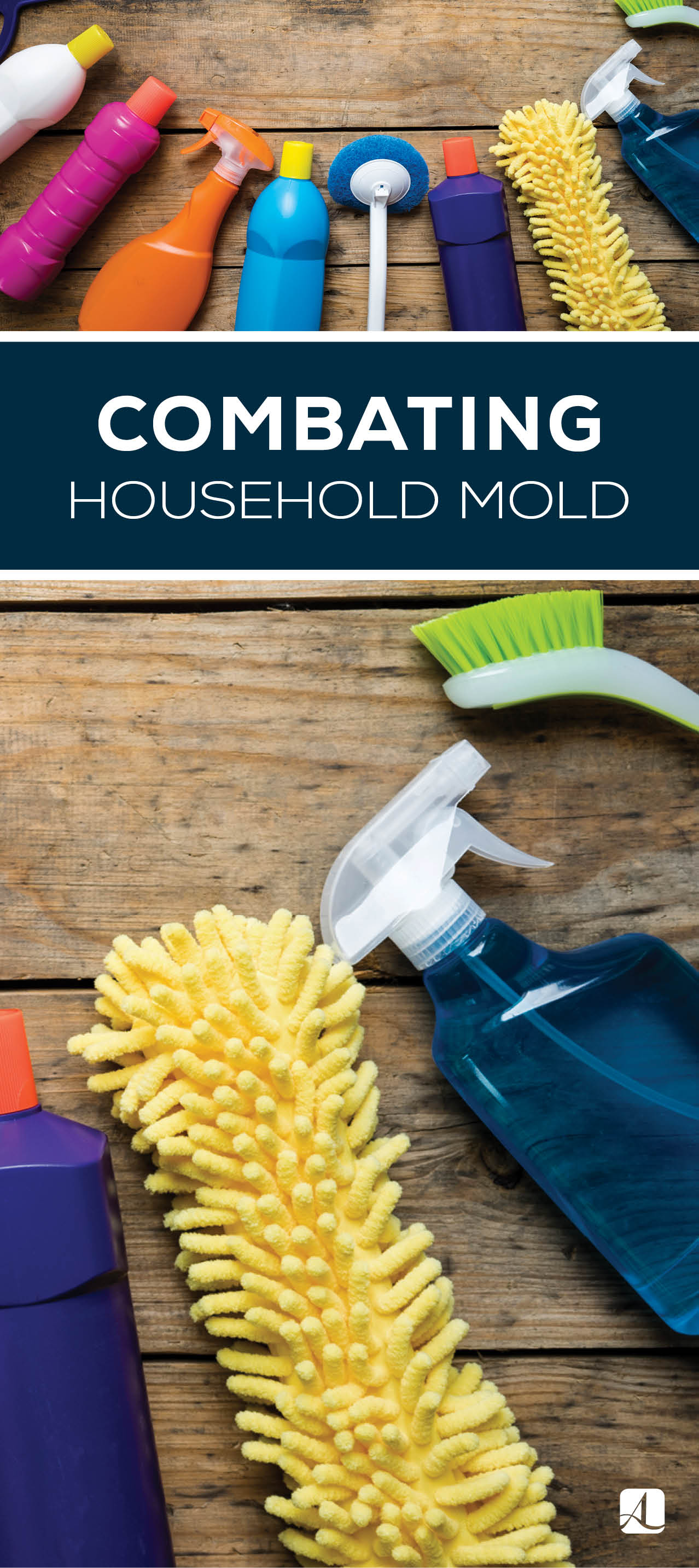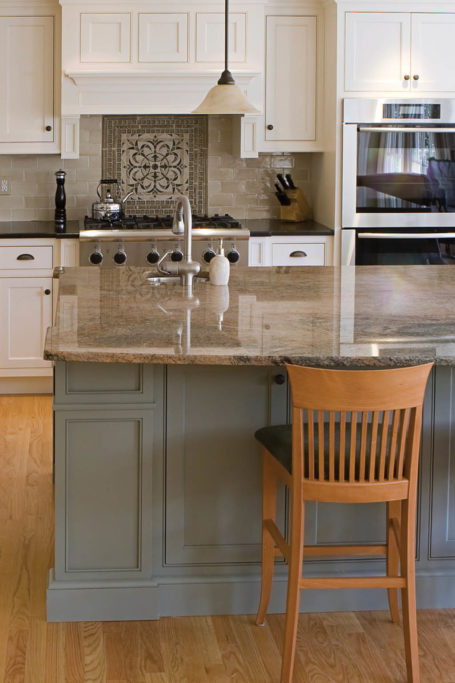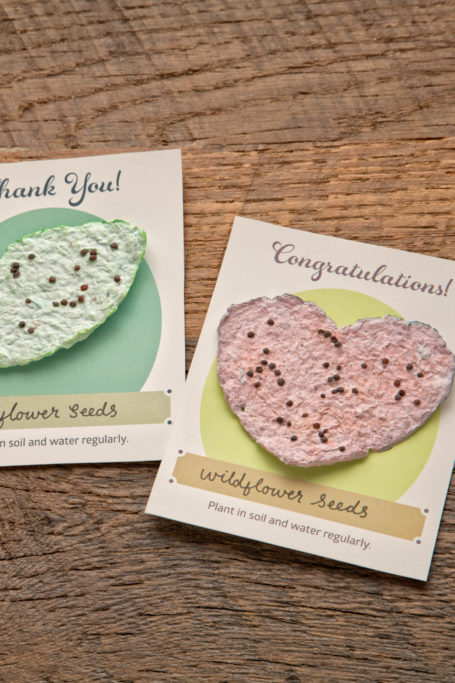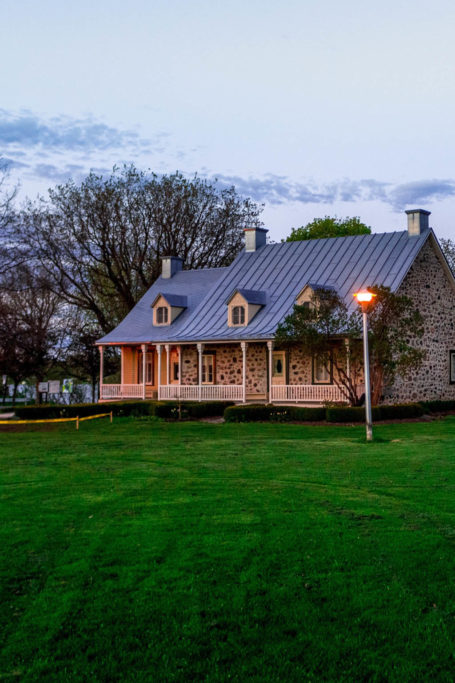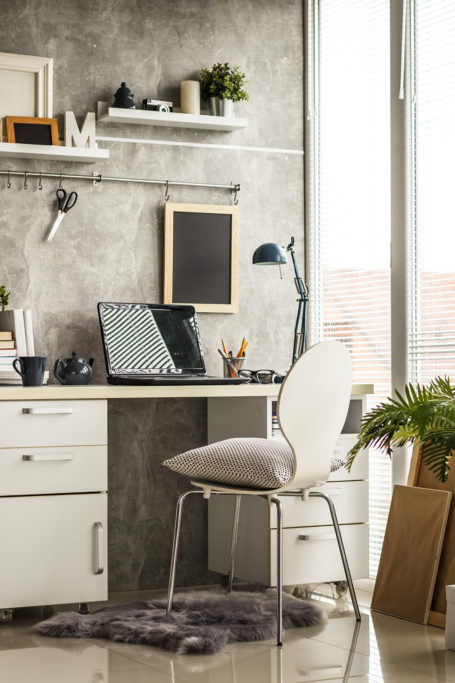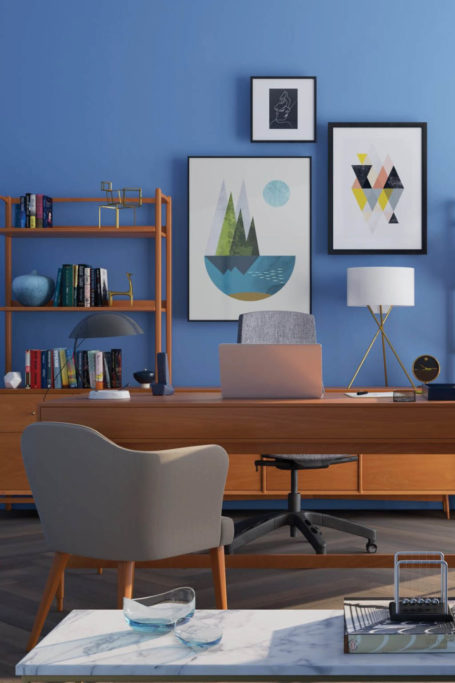Combating Mold in Your Home
No matter how clean we try to keep our homes, an occasional battle with mold is inevitable. Though most common types aren’t dangerous, there are a few that could be hazardous if left undetected.
So how can you make sure your home is mold-free? The first step is knowing what to look for, and determining the difference between mold that’s easily removed and mold that could make you sick.
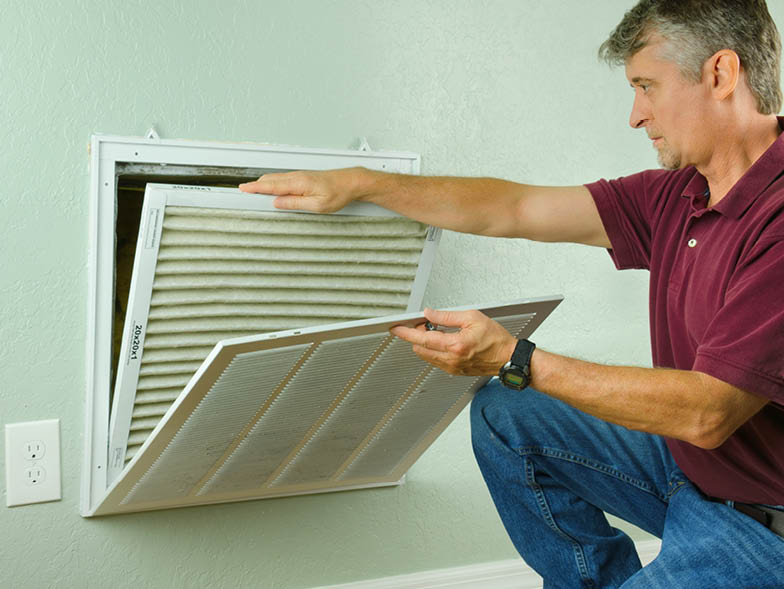
Where to look
Mold most commonly grows in warm, dark, and damp places, so it’s no surprise that the spots in your home most prone to growth are the bathroom, basement, air ducts, under the carpets, or in attics. It’s a good idea to check these places every few weeks.
Keep your eyes (and nose) peeled
It might be difficult to see mold growing in your home because of its location, so another opportunity to detect it early is to keep alert for a strong, musty smell. The musty scent can be removed by installing a dehumidifier to run in that area.
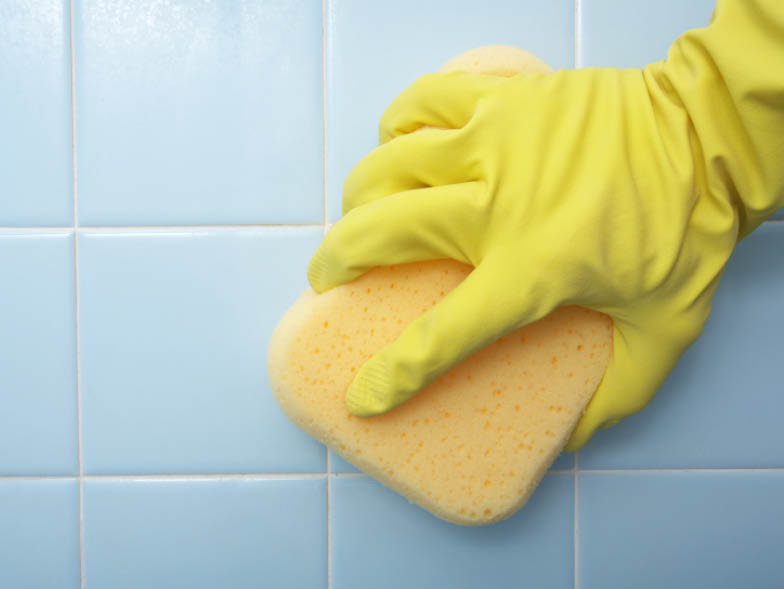
Removal and prevention
If the mold growth is small it should be relatively easy to remove by scrubbing with soap and water. However, if the growth appears large, or has moved into tougher areas to clean, such as the floorboards or insulation, you will likely have to hire a professional to remove and replace the affected material. Always take precautions and wear a mask and gloves when cleaning up mold.
Most common types:
So you think you’ve found mold in your home? These varieties are among the most common. Not all are toxic, but being able to identify which type you having is key to dealing with the problem.

Stachybotrys chartarum
Often referred to as black mold, this is one of the most dangerous types of growth you can have in your home. It is typically slimy and dark in color, and is found in damp places like air ducts or around pipes. Exposure can cause severe sinus infections, difficulty breathing, and even fatigue and depression.

Aureobasidium
If you’ve ever seen a pink and black substance around bathroom windows, it is likely this variety of mold. It most typically forms on wood surfaces, or on wallpaper or painted walls. Most people are allergic, so keep an eye out around window frames and caulked areas, like the foot of the bathtub, as well.
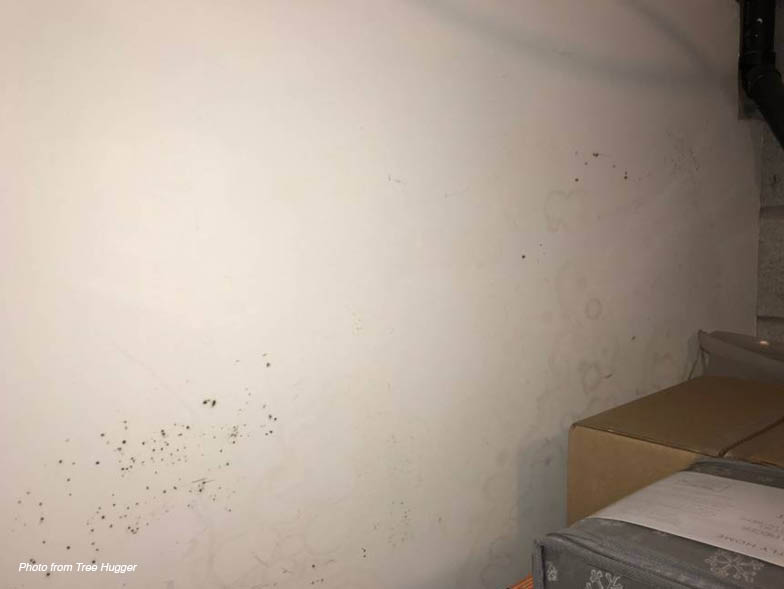
Chaetomium
This mold tends to grow in homes with extensive water damage, but is not typically toxic. It is most often found on drywall, and around carpets and window frames.
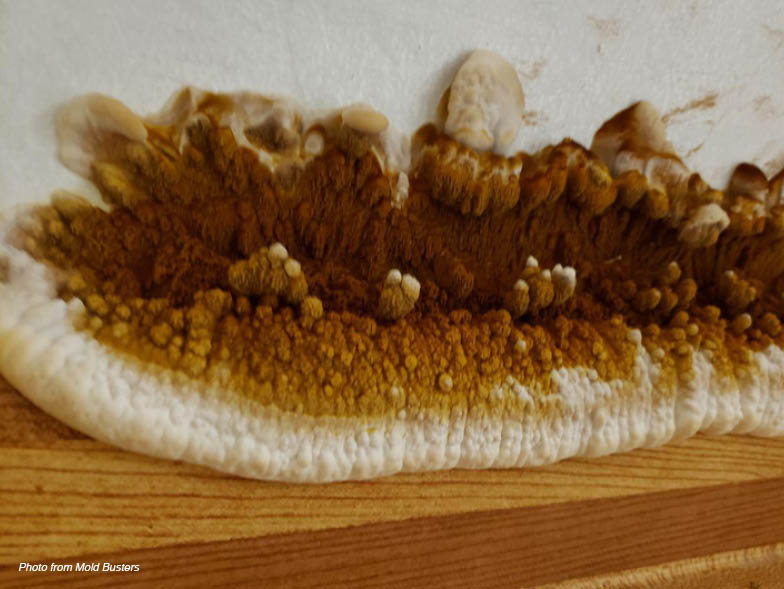
Serpula lacrymans
Though not toxic to people, this yellowish mold grows on wooden surfaces and can cause extensive damage if left untreated.




